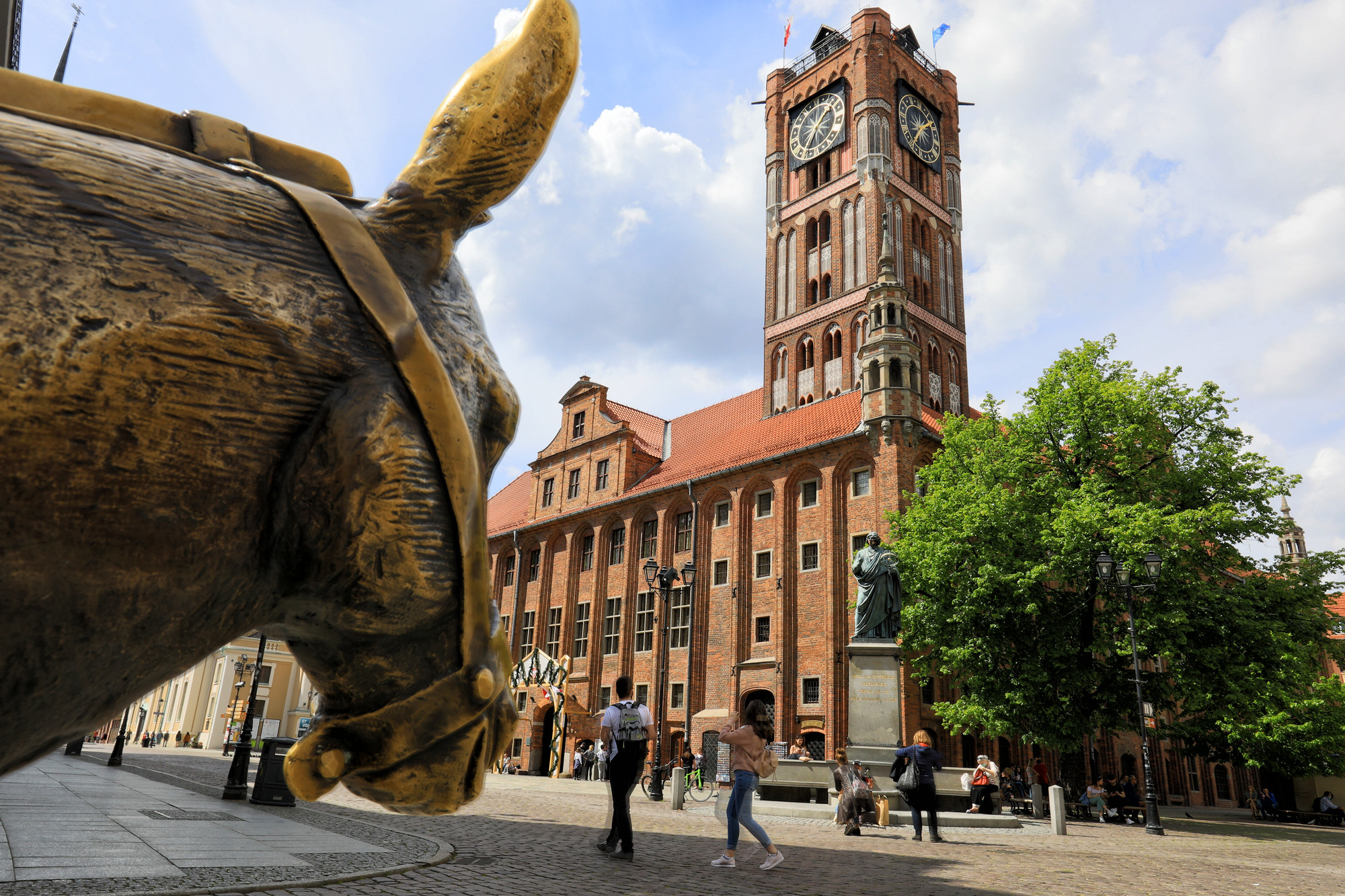
Thorny issues - Teutonic Knights and castle ruins in Toruń
While the first settlement in Toruń is dated to around 1100 BCE and the lands were included in the first iterations of the Polish state, it was the Order of the Teutonic Knights who did anything particularly noteworthy, building a castle here on the northern shore of the Vistula in 1231. The Teutonic Knights were an order of predominantly German crusaders formed in the Middle East in 1190, later being hosted by the Kingdom of Hungary, only to be expelled in 1225. Looking for a new place to crash, Polish leader Duke Konrad I of Masovia granted land to the Teutonic Knights in 1226, in exchange for the services for 'christianising' the pagan tribes on the Baltic coast and hinterland. The fortifications they built here in Toruń, then known by its German equivalent Thorn, were the first major stronghold of what is now known as the State of the Teutonic Order. Later, castles at Malbork and Chełmno were also built, and tensions between the Teutonic Order and its neighbours would result in a number of conflicts with Poland and Lithuania in the 14th, 15th and 16th centuries. Appropriately, subsequent peace treaties were signed in Toruń - the Peace of Thorn (1411) and the Second Peace of Thorn (1466) and the Compromise of Thorn in (1521). The strain of war ultimately led to the citizens rising up against the garrison in 1454, and, after driving the knights out, the castle was destroyed in order to prevent them from reoccupying it.
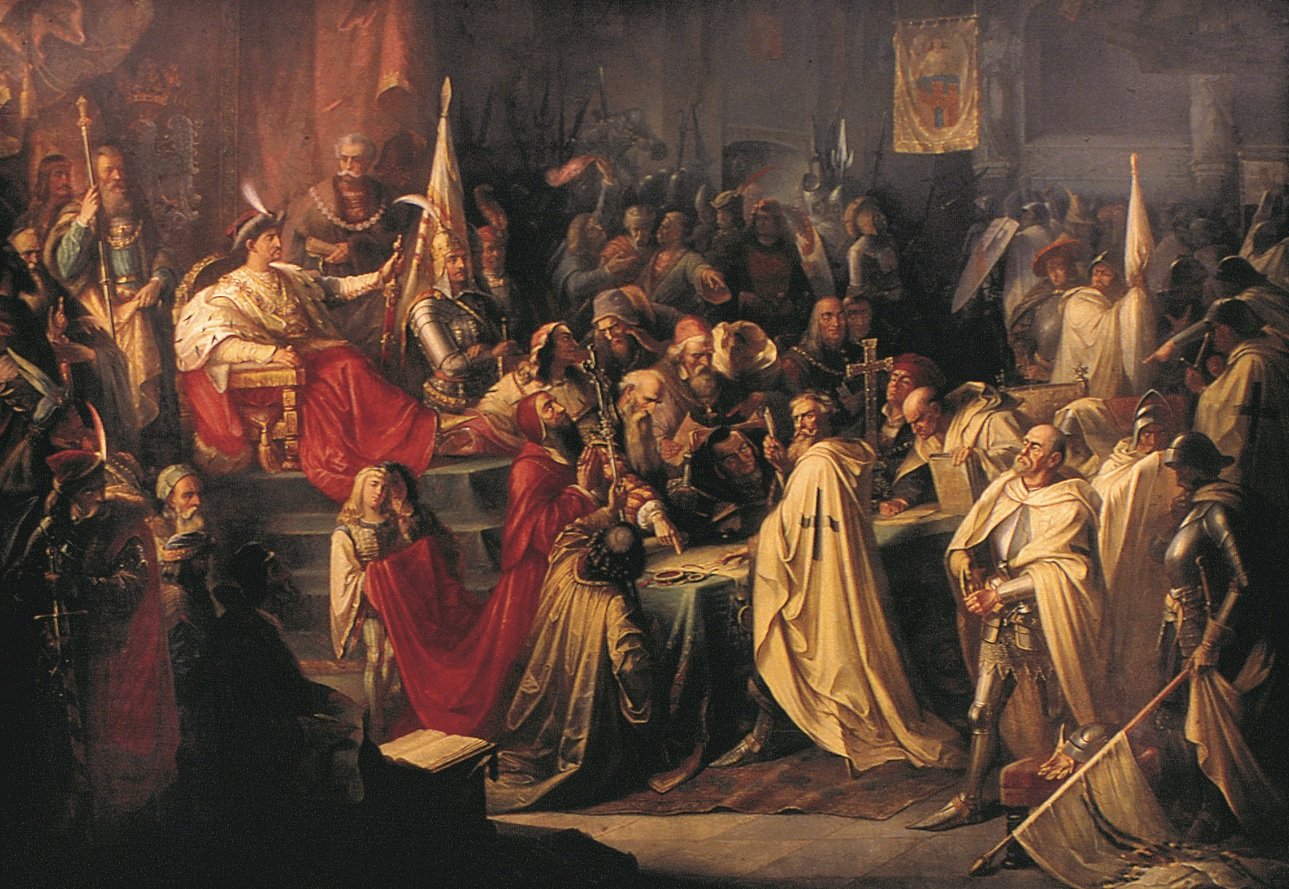
This historic painting hangs in Toruń's Old Town Hall. |
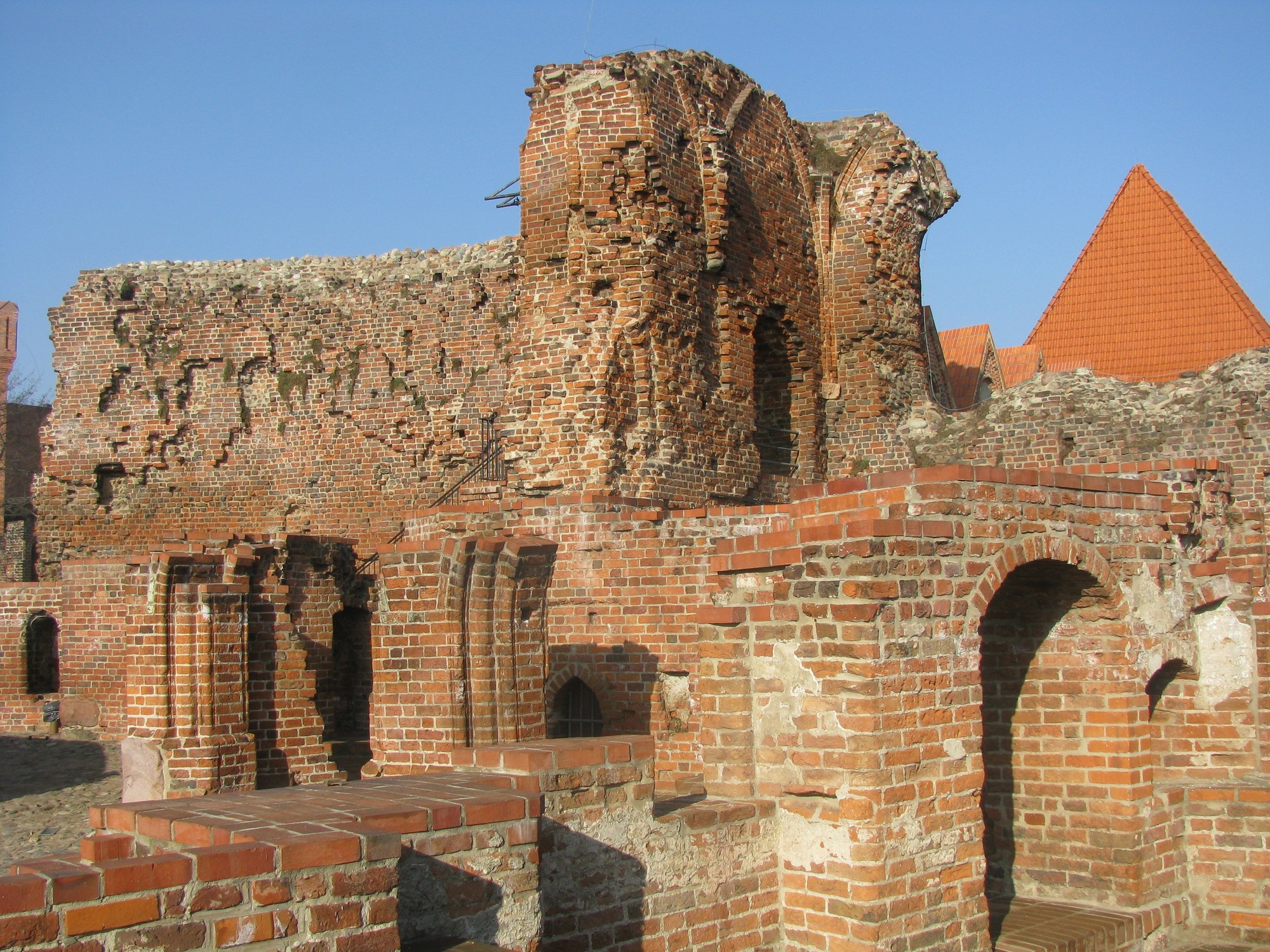
which were destroyed in a civil uprising in 1475. |
Nicolaus Copernicus - the Astronomer of Toruń
Arguably the most recognised in connection with the city, Nicolaus Copernicus was born in Toruń in 1473, shortly after the Teutonic Order had relinquished the surrounding region, known as 'Royal Prussia', to the Kingdom of Poland. His parents were wealthy merchants, originally from Kraków, and had close associations with the church. Most notably, his maternal Uncle, the later Prince-Bishop of Warmia, Lucas Watzenrode the Younger, became the patron of Nicolaus and his 3 siblings, when their father died in 1483. While being groomed to follow his high-standing uncle in the church, his privileged position allowed him to pursue his interest in the sciences and astronomy. He would, of course, go on to revolutionise humanity's understanding of our position in the solar system and make the rather ludicrous suggestion that the earth actually revolves around the sun!For more about the astronomer's life in Toruń, read our article: On the trail of Copernicus.
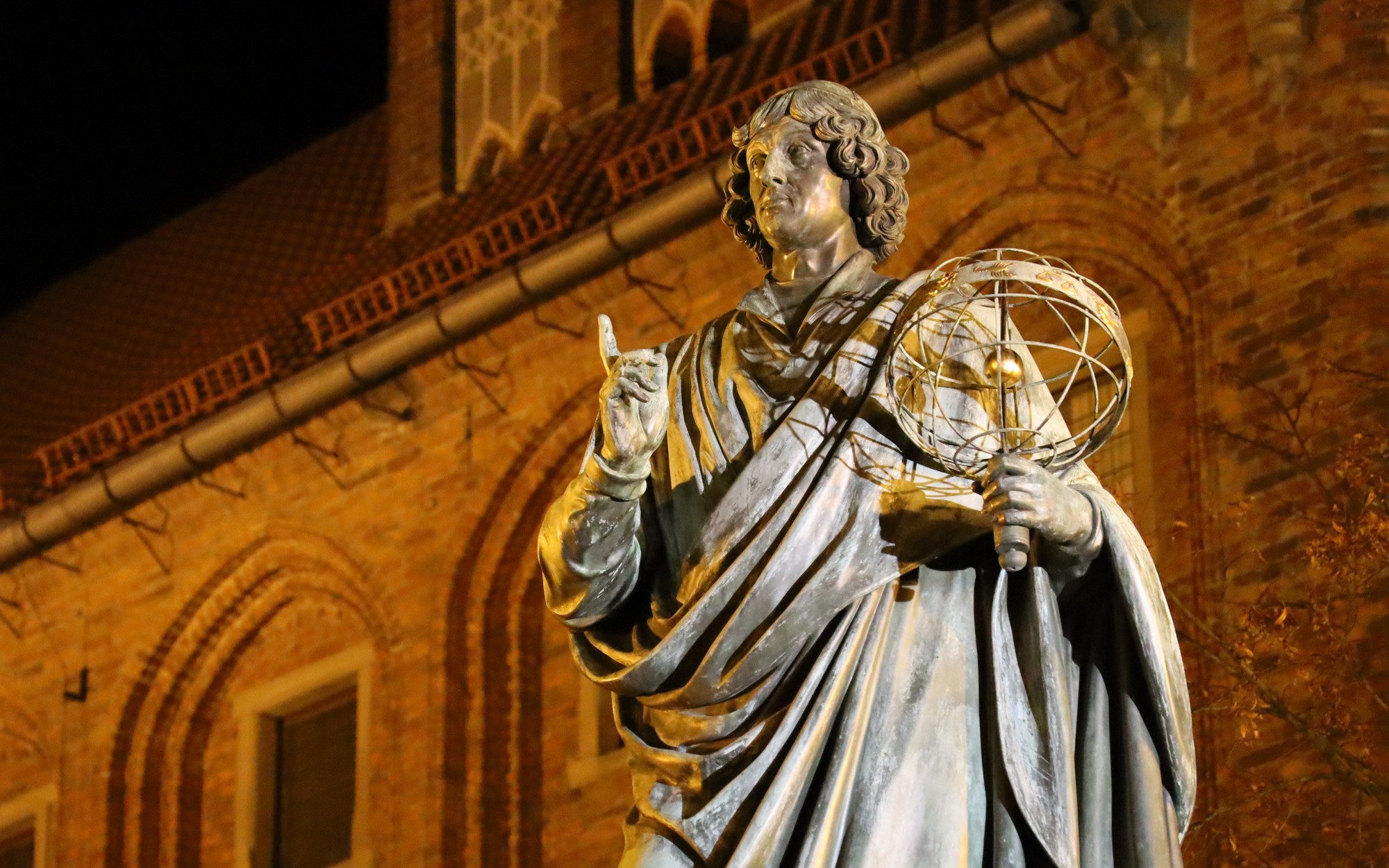
Brick Gothic architecture in Toruń
Around the time that young Copernicus was running riot in the streets, Toruń was well-and-truly prospering, thanks to its position on the Vistula River and the boost in status thanks to its membership in the Hanseatic League (1264 - 1411), an economic union between cities in the Baltic region. Like with any major city where business is booming and there's money to spend on public works, beautiful buildings get built, and in the 15th century, Brick Gothic was all the rage! It's safe to say that Toruń is the capital of Brick Gothic architecture in Europe, and you will not find a place with more exquisitely-detailed buildings than here. Starting at the very heart of the medieval centre, Toruń Old Town Hall was given a make-over early on (1391-1399) and features a multistory courtyard and a clock tower. There are 3 churches nearby, Toruń Cathedral, St. Mary's church and St. James the Greater's church, are all stunning examples both outside and in. In 1506, Toruń became a royal city of Poland and, the royal mint started operating here in 1528.
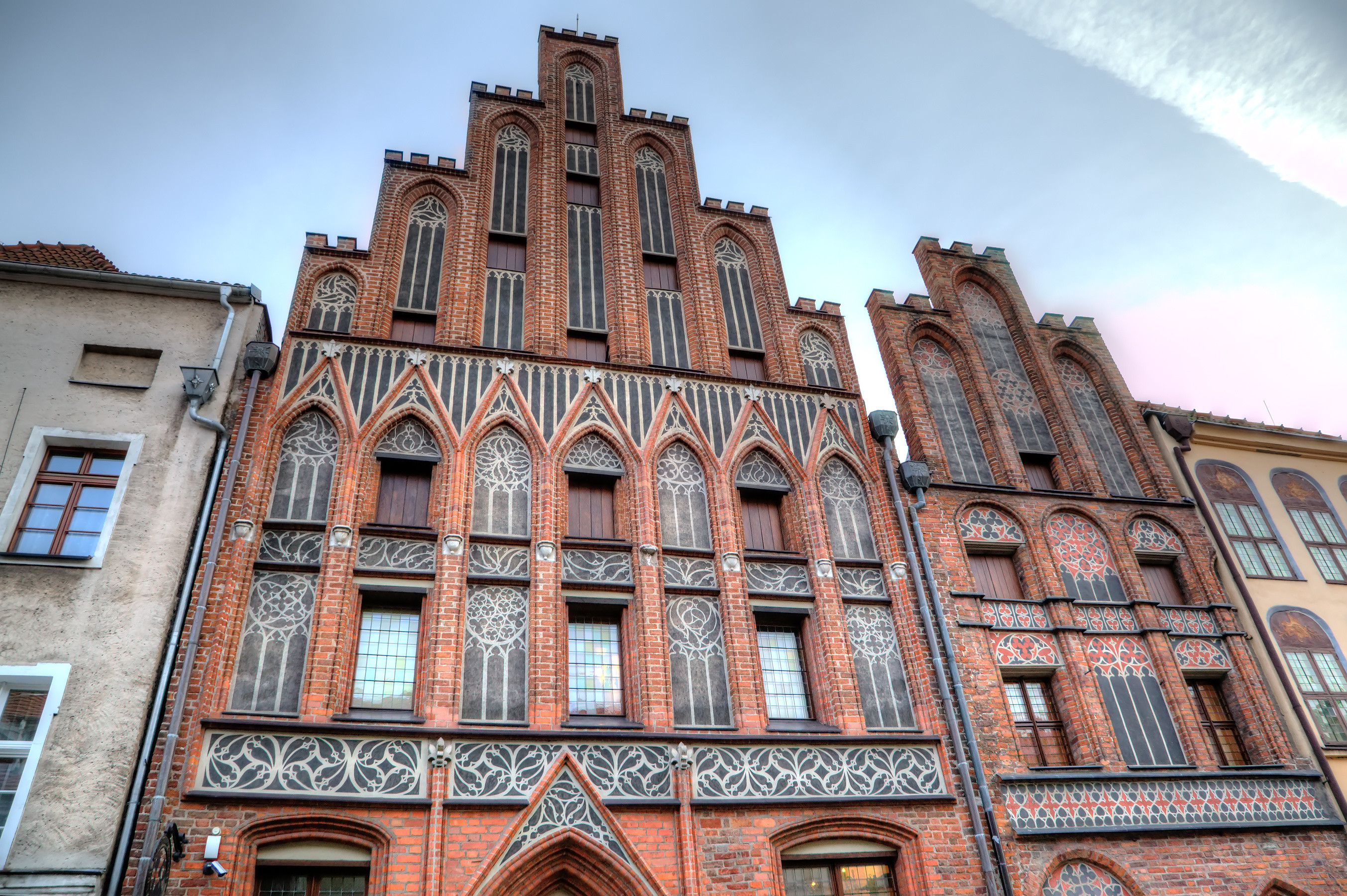
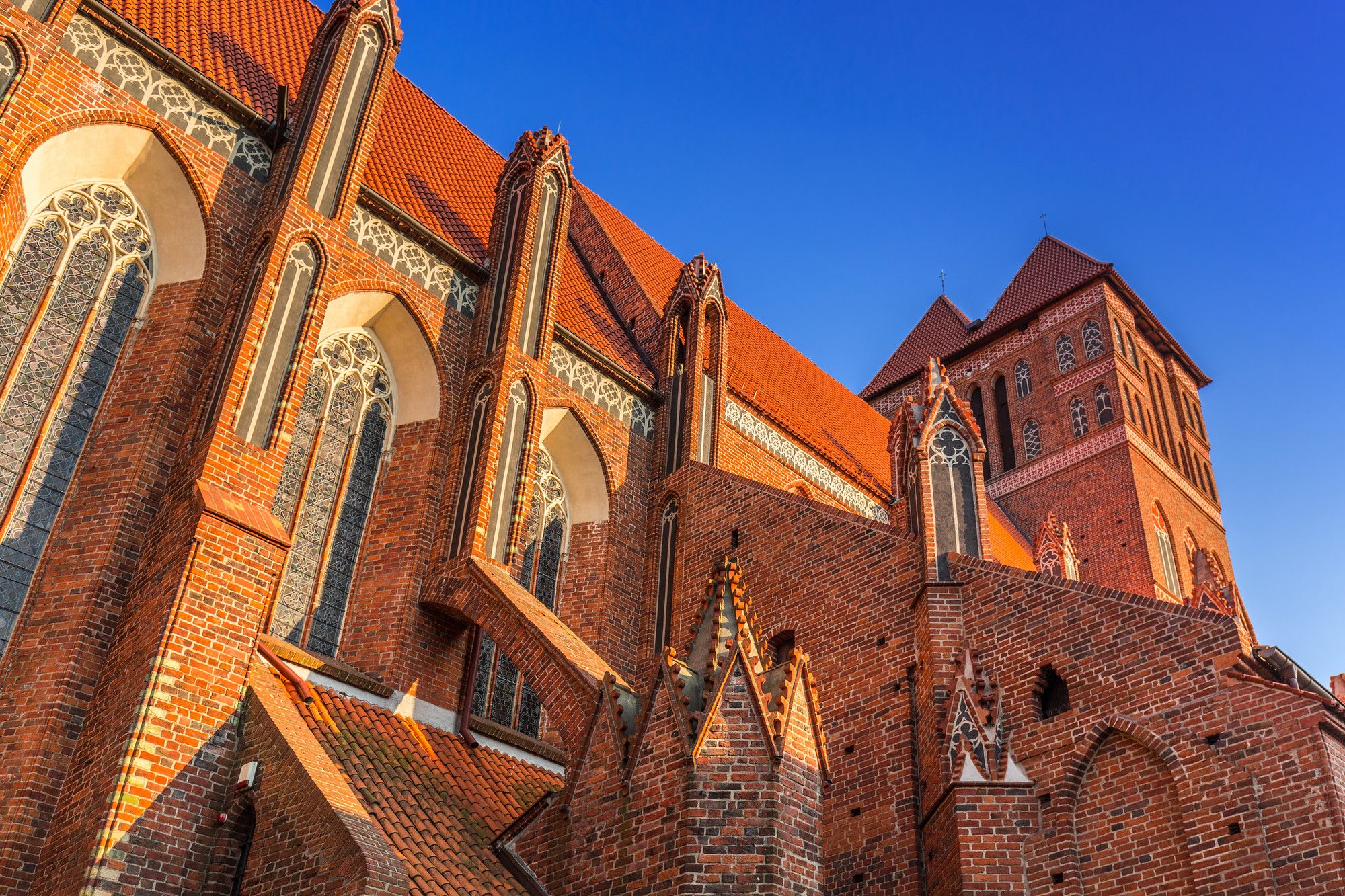
The Leaning Tower of Toruń
The biggest novelty in Toruń's medieval centre is Krzywa Wieża (ENG: The Leaning Tower), built in the 13th century as part of the city's defensive network. The structure's tilt is attributed to the fact that it was built on clay-based terrain, and has therefore partially sunk one side. However, there are of course a number of legends connected to the tower. The most popular one is a tale about a sinful Teutonic Knight who fell in love with the daughter of a rich local merchant and would meet her in secret, thus breaking the monastic rule of the Order. The residents of the town discovered this and reported them to the commander and the city authorities. Both lovers were fined, the woman was sentenced to 25 lashes, and the knight was ordered to build a tower. However, the tower had to be tilted, in the same way as his conduct had deviated from the monastic rule. For this reason, those who cannot stand unsupported against the tower wall (these days, 3 seconds is long enough) are considered to be sinful as well! Tough crowd!!! Nowadays, the Leaning Tower of Toruń operates as a museum.
Toruń's famous traditional Gingerbread
First mentioned in 1380, there is evidence to show that Toruń gingerbread (PL: Pierniki Toruńskie) had been produced here since at least the 13th century, based on a traditional regional recipe that made use of locally-available wheat and honey, in addition to spices that had made their way up the trade route from India. Ginger is, of course, a key ingredient, along with nutmeg, cinnamon, pepper and cloves, the latter of which also acts as a natural preservative, keeping the dough fresher for longer!
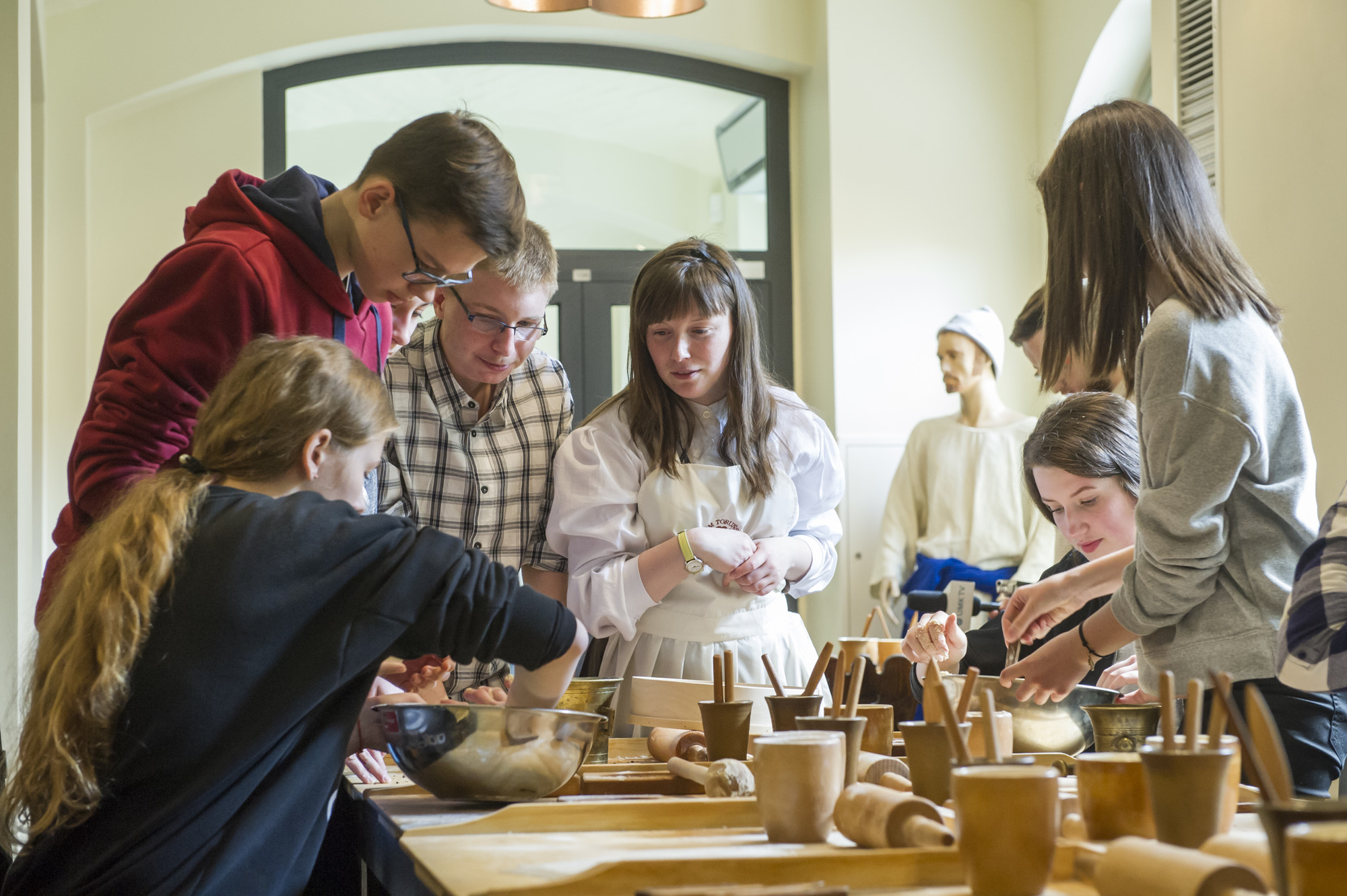


Comments